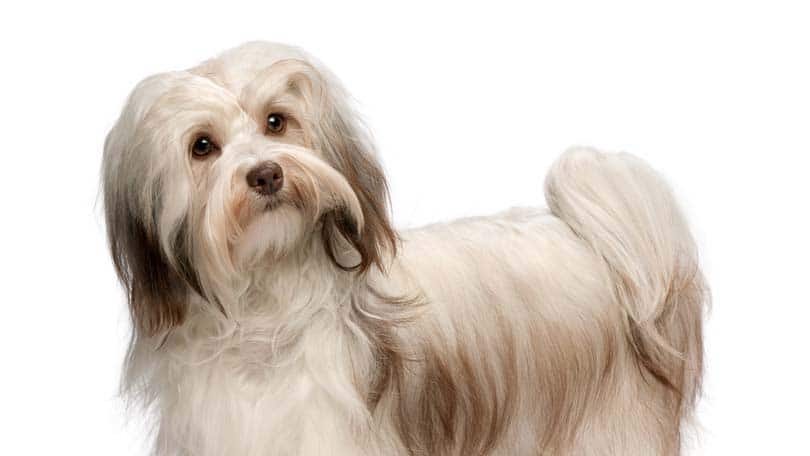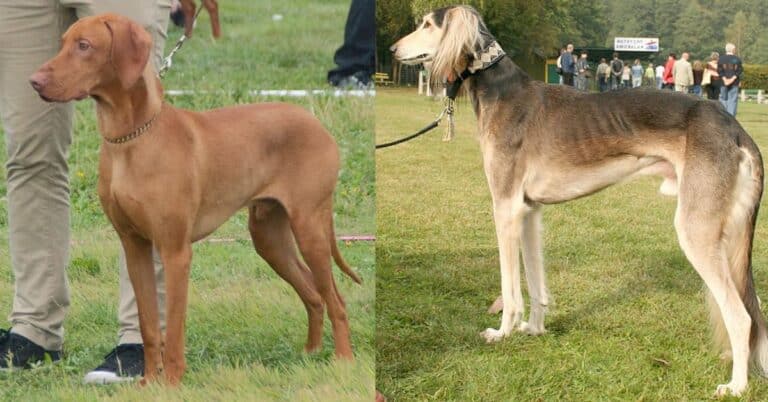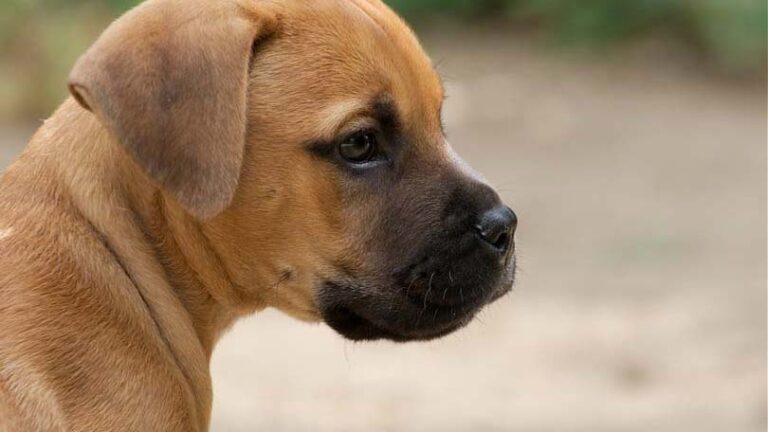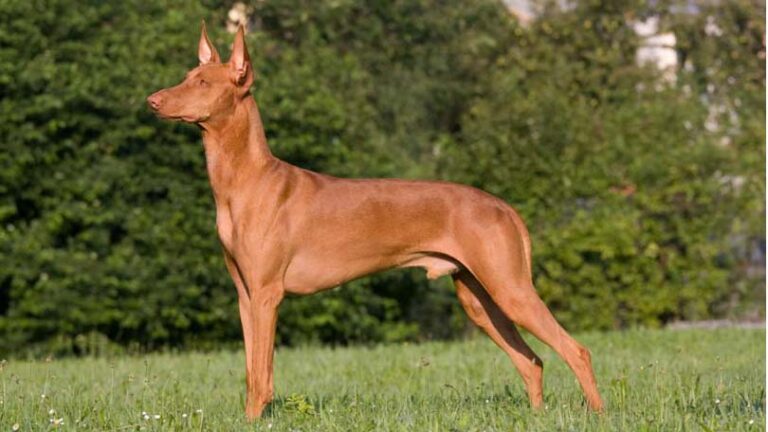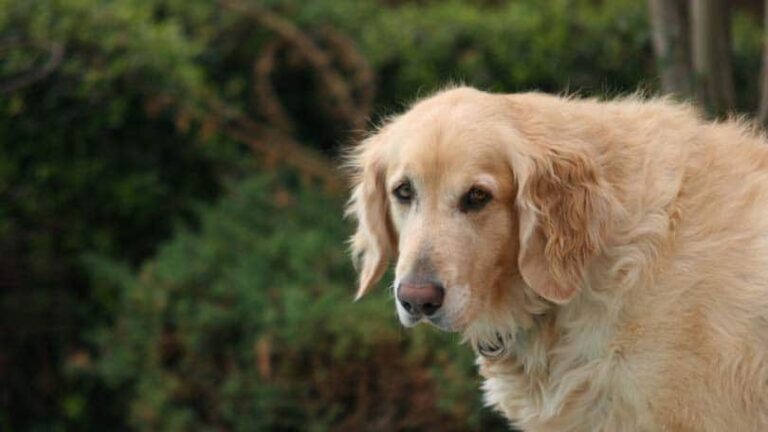Heat Cycle in Dogs
Many people today don’t understand the canine heat cycle but it is similar in many ways to the heat cycle of other animals, with a few differences.
In the wild, the female wolf usually comes in season once a year. Dogs have evolved away from this pattern in many cases. Some primitive breeds, such as the Basenji, still have an annual heat cycle, but most other dog breeds and mixes now have a heat or estrus twice a year, though the exact number of months between seasons will vary. Your bitch may go six months between seasons or nine months, depending on her cycle. Some female families may cycle every 14 months. Bitches do seem to follow the same seasonal cycle as their female relatives. So, your bitch may take after her mother or her paternal grandmother.
The age at which a bitch has her first season can also vary greatly between breeds and between individual dogs. It’s not unusual for a bitch to have her first season by six months but bitches also may not have their first season until they’re 18 months old. Small breeds may have their first season by five months. Large breeds may have their first season much later.
There are four stages to the canine estrus cycle:
The first stage is called proestrus. Proestrus is characterized by vaginal discharge. This is a small amount of bloody discharge and your bitch may leave blood spots on the floor or on things she sits on. Most dogs do wash themselves and keep themselves clean but if you have a longhaired dog your dog will need some extra bathing during this time.
Your bitch may also be restless and there will be increased urination. During proestrus male dogs will be attracted to the bitch but the bitch is unwilling to mate. Proestrus usually lasts about nine days. Gradually the discharge will change from red to a paler, pink-straw color.
Estrus is the second stage of the canine estrus cycle. During this time the bitch’s vulva is swollen and soft. The vaginal discharge has changed to a pale yellow color. Mating can occur during this stage. Females welcome mating and are inviting. They will often stand and “flag” — wave their tails or hold the tail to the side to allow the male dog access to the vulva. Estrus usually lasts from five to nine days.
Metestrus or Diestrus is the period after estrus or mating. Diestrus can last from 56-58 days in the pregnant bitch. It lasts about 60 to 100 days in the non-pregnant bitch. If your bitch is pregnant then the pregnancy will last 60-64 days. During this time your dog’s hormones will be in flux because the body is preparing for changes. If there are no puppies there can be a false pregnancy.
Anestrus is the inactive period in between estrus phases. Your dog’s body is sexually and hormonally inactive. This period lasts from four to five months or longer if your dog has a longer time between seasons.
For most dogs the estrus cycle lasts 12-21 days but it can be as short as a few days to as long as four weeks. It can vary widely. If you are trying to prevent breeding you should err on the side of caution and keep your bitch separated from male dogs longer than you consider necessary.
If you are trying to plan a breeding then it’s usually advisable to have progesterone tests done by your veterinarian. He or she can take baseline readings at the start of proestrus and watch the rise in progesterone as your bitch gets close to ovulation. The ideal time for mating is a day or two past ovulation.
You should keep in mind that it’s quite possible for your bitch to get pregnant during her first season but it’s not advisable to breed a dog this young. Even if your bitch is having her first season at 18 months old this is still usually too young to breed a litter.
If you plan to breed your bitch then you should begin making your arrangements at the first sign of proestrus. You should have the stud dog already chosen and everything already worked out with the stud dog’s owner. It will be necessary for both the stud dog and your bitch to have a test done for brucellosis which is a very serious disease passed between dogs by sexual contact. Make sure that the dogs are tested and cleared for this disease prior to breeding.
Using progesterone testing or vaginal cytology your vet can tell you the best days for breeding your bitch. This is very helpful, especially if you are driving some distance to visit the stud dog or sending your bitch to the stud dog’s owner. It’s helpful to be able to pinpoint the best times for breeding. Most breeders try to get two or three breedings between their bitch and the stud dog within the window of opportunity.
If possible, it’s a good idea to have the stud dog owner have the stud dog’s sperm tested prior to the breeding to make sure that it’s viable and has good motility. This will help ensure that things are good on the stud dog’s part.
Some breeders prefer to do at least one breeding by artificial insemination to improve the odds of getting a good breeding. Some breeders are skilled at collecting their dog and doing the insemination themselves. You should talk to the stud dog owner about this possibility prior to the breeding. The stud dog is simply collected, with the bitch standing by, and the ejaculate is then inserted directly into the bitch’s vaginal tract. This process can be helpful with young or old dogs who may be having trouble accomplishing the breeding. It may not be necessary for very experienced stud dogs.
Timing is crucial during breeding and understanding your bitch’s heat cycle can help you breed a healthy litter of puppies.

Having discovered a fondness for insects while pursuing her degree in Biology, Randi Jones was quite bugged to know that people usually dismissed these little creatures as “creepy-crawlies”.

